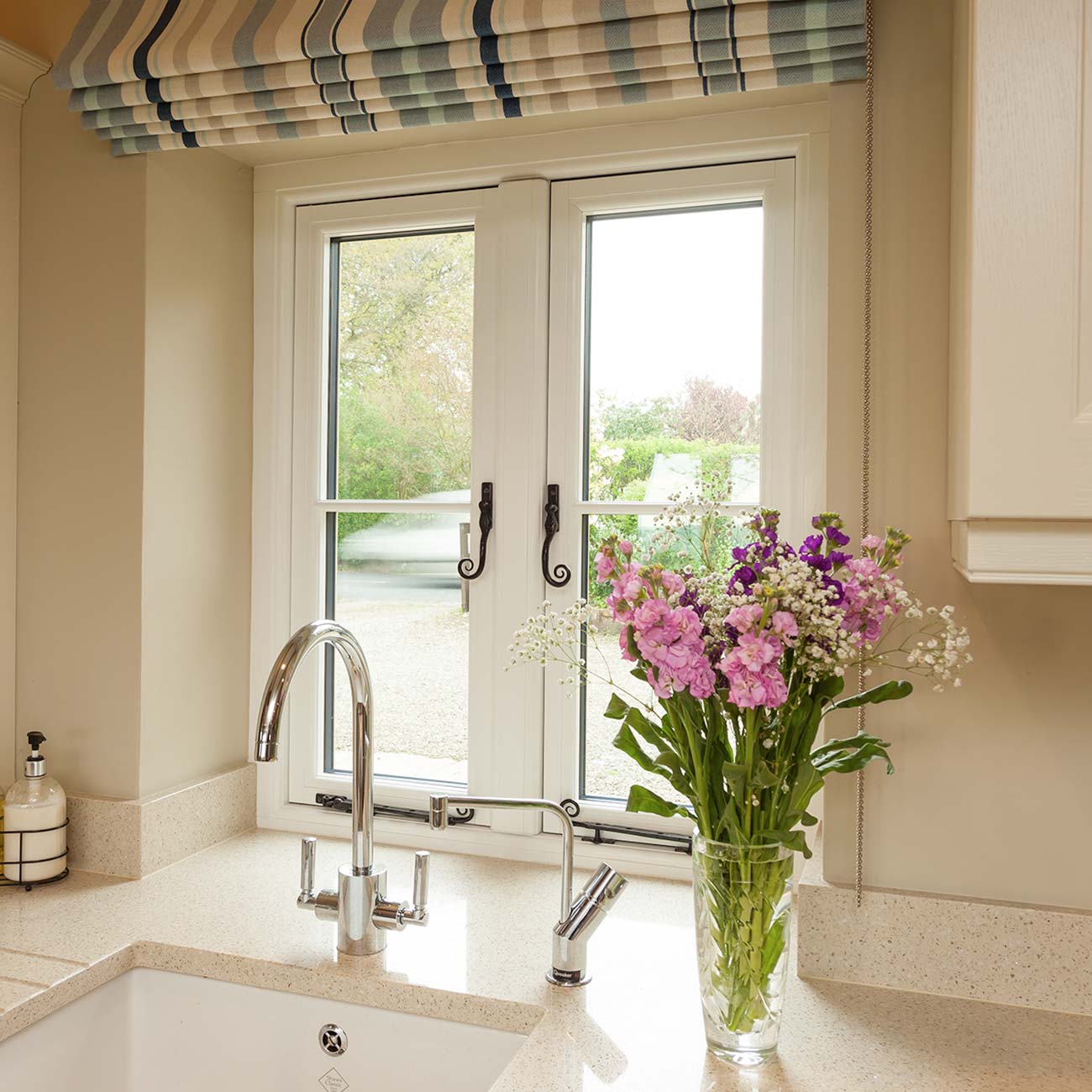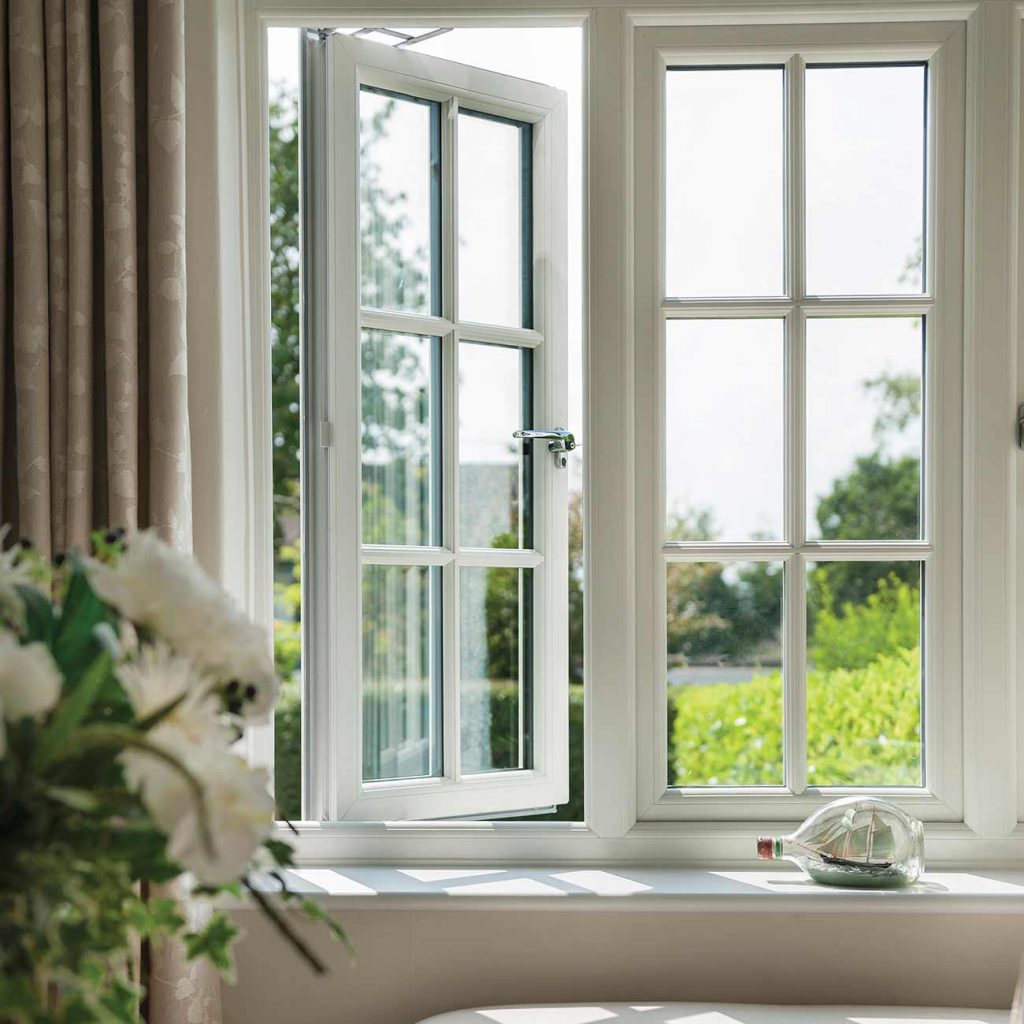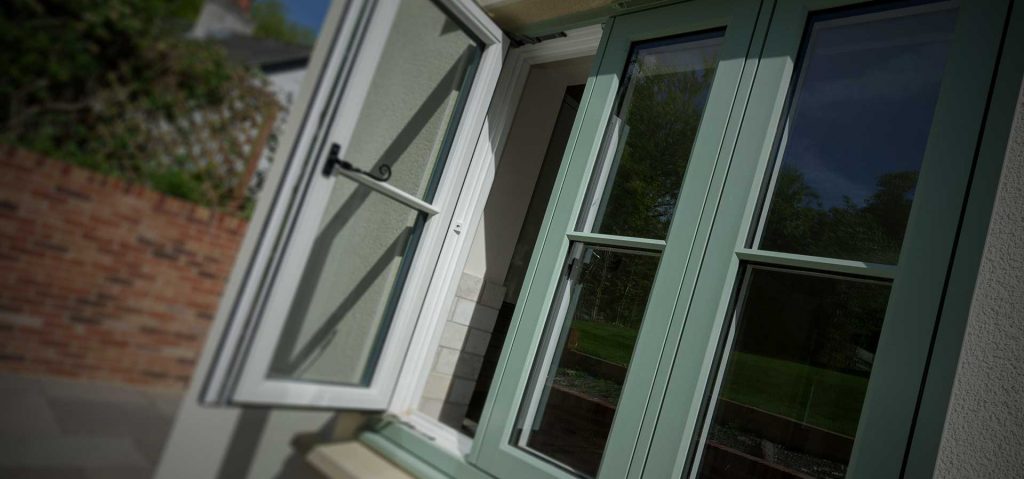Bank Holiday Notice – Our office will be closed on Friday, April 18th for the Easter bank holiday. We will reopen on Tuesday, April 22nd.
Standard Window Sizes in the UK: What You Need to Know for Your Trade Projects
March 15, 2025
For trade installers, knowing standard window sizes in the UK is crucial for ensuring smooth installations, compliance with regulations, and customer satisfaction. Whether you’re working on a new build, a replacement project, or a period property, choosing the right size of window is essential.
While bespoke windows are common, understanding standard sizes helps streamline installations and reduce lead times. This guide explores standard window dimensions, regulations, and how Dekko’s product range aligns with industry standards.

Common Standard Window Sizes
Standard window sizes in the UK are based on typical brick dimensions and construction norms. While sizes vary depending on the type of window, some of the most common window sizes include:
Standard Window Widths
- 488 mm (19 inches)
- 630 mm (25 inches)
- 915 mm (36 inches)
- 1,200 mm (48 inches)
- 1,770 mm (70 inches)
Standard Window Heights
- 450 mm (17.7 inches)
- 600 mm (23.6 inches)
- 1,050 mm (41.3 inches)
- 1,200 mm (47.2 inches)
- 1,350 mm (53.1 inches)
- 1,500 mm (59 inches)
These standard dimensions apply to various window styles, including casement windows, sash windows, and bay windows.
Standard uPVC Window Sizes
uPVC windows remain a popular choice due to their durability, affordability, and energy efficiency. The most common standard uPVC window sizes include:
Widths:
- 450 mm
- 600 mm
- 1,050 mm
- 1,200 mm
- 1,350 mm
- 1,500 mm
Heights:
- 450 mm
- 600 mm
- 1,050 mm
- 1,200 mm
- 1,350 mm
- 1,500 mm
These sizes cover a wide range of applications, ensuring a perfect fit for different home styles and customer preferences.
Choosing the Right Window Size
Selecting the correct window size involves considering several key factors:
1. Architectural Style and Period Properties
For period properties, maintaining original window dimensions is crucial to preserving character. Sash windows, commonly found in Victorian and Edwardian homes, usually have standard widths of around 914 mm (36 inches) and heights ranging from 1,219 mm (48 inches) to 1,524 mm (60 inches).
2. Room Functionality and Natural Light
Different rooms require different window sizes. Larger bedroom windows enhance natural light, while bathrooms typically use smaller windows for privacy. Understanding these needs ensures the right balance between functionality and aesthetics.
3. Energy Efficiency Considerations
The size of a window can impact thermal performance. While larger windows let in more natural light, they may lead to heat loss if not well-insulated. Double glazing and selecting energy-efficient window materials can help maintain thermal comfort.
Standard Window Sizes for Different Window Styles
Casement Windows
Casement windows are the most versatile and commonly used type of window in the UK. Standard casement window sizes often include:
- Width: 635 mm (25 inches)
- Height: 890 mm (35 inches)
Sash Windows
Sash windows, often found in traditional homes, have the following common sizes:
- Width: 914 mm (36 inches)
- Height: 1,219 mm (48 inches) to 1,829 mm (72 inches)
Bay Windows
Bay windows provide extra space and light. Standard sizes typically range from:
- Width: 2,400 mm to 4,800 mm
- Height: 1,200 mm to 2,400 mm
Tilt and Turn Windows
These windows offer flexible ventilation. Their standard sizes include:
- Width: 600 mm to 1,500 mm
- Height: 900 mm to 1,800 mm
What is the Maximum Width for a Standard Window?
The maximum width for a standard window depends on the type of window and the material used. For uPVC windows, standard widths typically go up to 1,500 mm, while aluminium windows can support wider panes due to their structural strength. Custom sizes are available for larger openings.
Measuring for Replacement Windows
Accurate measurements are essential when ordering replacement windows. Using a good metal tape measure, take precise width and height measurements from three points – top, middle, and bottom – to account for any irregularities in the window opening.
Dekko’s Range of Windows
At Dekko, we offer a wide variety of sizes across different window styles, including uPVC, aluminium, and timber effect windows. Our standard uPVC window widths and heights align with industry norms, ensuring a seamless fit for most trade projects.

Why Choose Dekko?
- High-quality materials for durability and performance
- Double glazing for superior energy efficiency
- Custom and standard sizes to suit all projects
- A team of experts available for advice and support
- Supply to local companies for easy procurement
Work with Dekko Today
Understanding standard window sizes in the UK helps trade installers make informed decisions, ensuring compliance and customer satisfaction. Whether you need replacement windows, new windows, or a specific design for a period property, Dekko has a wide variety of sizes to meet your requirements.
For more information or to discuss your project, contact our team today.
Discover more with Dekko
How to measure a door: Trade installers’ guide to fitting
PAS24 compliance: Improving door security standards for trade installers










Nationwide delivery in the UK
From our state-of-the-art factory in Lancashire, our products are transported to installers across the UK. We strive to meet all delivery deadlines to ensure our customers are never delayed. They stock an extensive range of PVCu and ancillary products to give installers easy and convenient access to all the necessary hardware.
Contact Us


